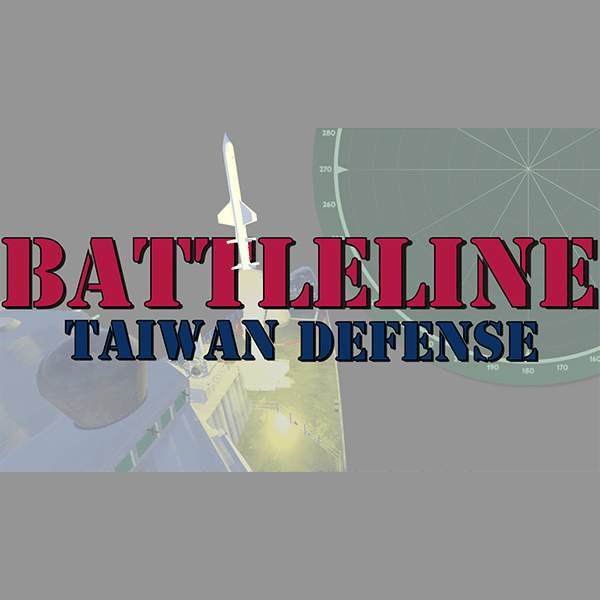Award Won!
Best Social Media Crowdsourcing Game

Battleline: Taiwan Defense
Gronstedt Group
Battleline: Taiwan Defense
TAKE COMMAND.
The flashpoint has ignited. China has launched a full-scale invasion of Taiwan, and you are on the front line of the response. Assume command of the USS Halsey Blake, a U.S. Navy Arleigh Burke-class destroyer, in a desperate race to protect a vital carrier strike group from deadly Chinese submarines. Plot courses across a living 3-D Western Pacific, work passive and active sonar, unravel target-motion analysis, and decide if, when, and how to use your torpedoes—before the enemy slips a shot at the carrier.
This fast-paced, 3D shipboard simulation condenses the high-stakes cat-and-mouse of anti-submarine warfare into focused sessions playable in under an hour. Command decisions—speed, heading, sonar use, weapons release—determine the fate of your carrier strike group.
